Tags
Although I do love to travel alone, sometimes there are places that it is much easier to see as part of a group. So it was that I joined Trekkup, a Dubai-based Meetup group which specialises in otherwise hard-to-visit destinations and found myself at Sharjah airport at 1 o’clock on a Friday morning bound for Chittagong in Bangladesh.
Despite having the world’s longest beach not far to the south, Chittagong is not a tourist destination. It exists for one primary reason – shipping. As far back as the first century, Ptolemy noted it as being one of the largest ports in the East and that much still remains. It is a city of voyages, from boats setting out across the Karnaphully river to container ships setting out across the globe.
It is also a city where ships go to die – it is one of several major sites worldwide where ships sold for scrap are beached and then taken apart by the local workforce toting sledgehammers and oxyacetylene torches. The shipyards are dirty, dangerous and close to photographic nirvana.
Perversely, our first port of call (excuse the pun) was a ship building yard, albeit one that deals in wood rather than steel. Here, on the banks of the Karnaphully River, whole families live and work building traditional wooden fishing boats. The families here were as intrigued to see us as we were them – as already mentioned, Chittagong is not exactly a tourist hotspot.

Ship builder

Ship building families

Ship building families

Ship building families

Ship building families
On the opposite side of road from the boatyard, on the actual banks of the river, we found the fishermen themselves. At rest for the evening, the whole area was buzzing with men playing cricket, mending their nets and sitting round drinking tea and talking. The river itself washed around the moored boats, dark and rainbow-sheened with oil. The air smelled, somewhat predictably, of fish.

Net mending
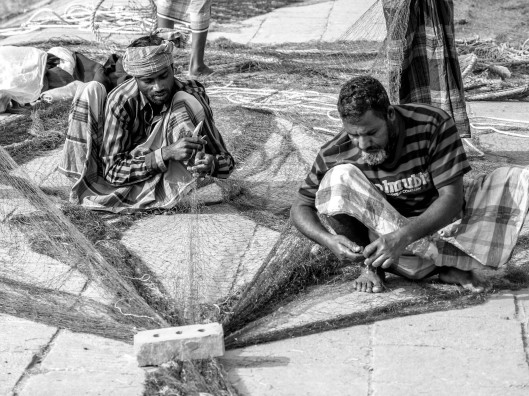
Net mending

Fishermen
Next stop was a salt factory where incredibly lithe and sinewy men carried huge baskets of salt on their heads from the boat which harvested it to a corrugated-metal shed where older men washed it and set it to dry before it was bagged, ready for export. I must admit, that despite having used salt on almost every meal for over 40 years, this is the first time I had ever consider exactly how it got to my kitchen in the first place.

Salt carriers

Salt carriers

Salt washer

Bookseller, salt wharf
Our evening continued with a sunset trip on the Karnaphully River, chock-full with moored shipping of all sizes, and a visit to a ship mending yard (we really did see the whole life-cycle of water-borne craft). At every step of the way, we were greeted by delighted locals, waving and shouting. The Karnaphully River really is the artery that keeps Chittagong alive – as well as the building, repairing, storing and scrapping of ships, the water was teeming with vessels, from freighters so full they were semi-submerged, to pleasure craft laden with delighted families out for sunset on the river, and the ubiquitous rowing boats, propelled by a boatman standing at the stern, oars in hand.

Karnaphully River

Karnaphully River

Karnaphully River

Karnaphully River

Karnaphully River

Karnaphully River -boat mending yard

Karnaphully River – boat mender
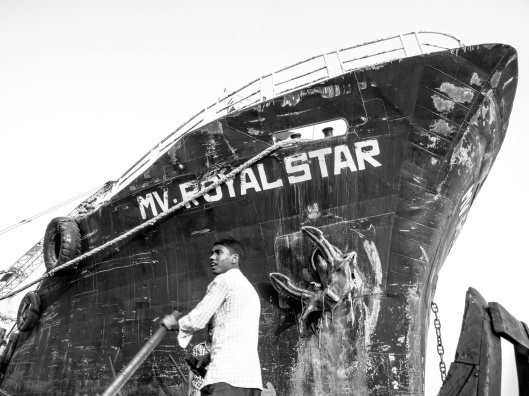
Karnaphully River
The next day we started our tour with a visit to a garment factory. Bangladesh is somewhat infamous for its sweatshops where children are exploited to feed the west’s hunger for cheap apparel – every so often the Daily Mail (I hate even typing its name) will come up with an exploitation-porn story that allows its readership to feel outraged at how foreigners live without actually doing anything about it (and while still wearing the cheap clothes anyway). That isn’t to say such exploitation does not exist – it does and it is disgusting. But it is, sadly, a fact of capitalism and will not go away until the market for cheap goods and the promotion of profit over human welfare does. The factory we visited was not a sweatshop. The workers were all adults, it was well ventilated and there were clear fire precautions (albeit many of them not so clearly followed). My Cypriot grandmother was a seamstress and once, when I was a child, she took me to her place of work – a small room in Soho where Cypriot, Jamaican, Indian and Pakistani women hunched over sewing machines churning out clothing for Marks and Spencer. This was a similar affair, albeit writ a great deal larger. There was a degree of bitter irony in watching face-masked men and women produce t-shirts bearing prints about how much the wearer loved to drink wine or enjoyed partying (the first and only time I ever intend to use that word as a verb). But overall, the place was certainly cleaner and lighter than expected.
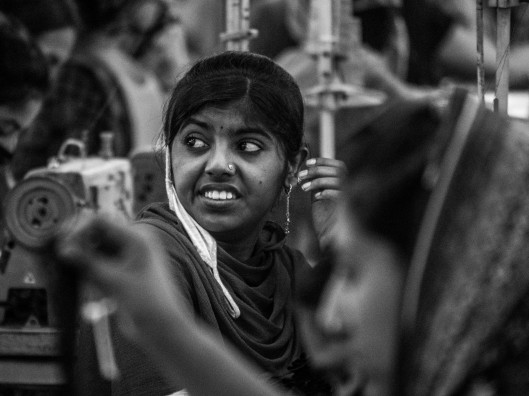
Garment worker

Garment worker

Garment factory

Wine t-shirts, garment factory
The fish sellers (and, presumably, buyers) at Chittagong fish market were, again, pleased to see us. The sights (and not to mention smells) of the place go largely unwitnessed by westerners, and the main problems we encountered were groups of men shoving each other out of the way to display their fish for the cameras. Again, this is not a place I would have even thought of visiting were it not for the wonderful people at Trekkup who had arranged for local tour guides to show us even this most unlikely (and yet photogenic) part of the city.
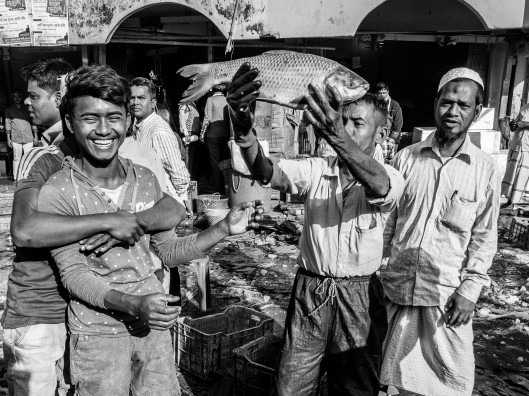
Chittagong fish market

Chittagong fish market

Chittagong fish market

Chittagong fish market

Chittagong fish market
The ship breaking yards are spread along 18 kilometres of the river north of Chittagong and employ over 200,000 men. They are notoriously difficult to get into – we later met wealthy Dutch tourist who had been trying, and failing, for some time to get access (though if you are a Hollywood film crew it seems easier – parts of the film Avengers -Age of Ultron were filmed here). The conditions are so notoriously bad, both in terms of safety and pollution, that the owners would like them kept as a (fairly well known) secret. However, we had the advantage of being on a Trekkup tour and we gained access to one such yard by bribing the foreman. Heartbreakingly, the foreman did not want money – we gave him a box of hard hats for his men, safety being very much secondary to profits for the yards’ owners.

Shipbreaker

Shipbreakers

Shipbreakers

Shipbreaker
The scale of the ship breaking operations is difficult to describe without resorting to such near-meaningless clichés as ‘gargantuan’, ‘mammoth’ or (with questionable taste) ‘titanic’. Instead I will just present for your delectation some of the pictures taken in the shipyard.




One of the winches used to drag ships up the beach

The Hammonia Grenada was only built 7 years ago, but the global economic downturn coupled with the widening of the locks in the Panama Canal has rendered her obsolete. She is the youngest ship ever to be scrapped.
After visiting the ship breaking yard, we travelled to the dock in the town of Alekdia where we met some of the locals whilst waiting for the tide to come in.

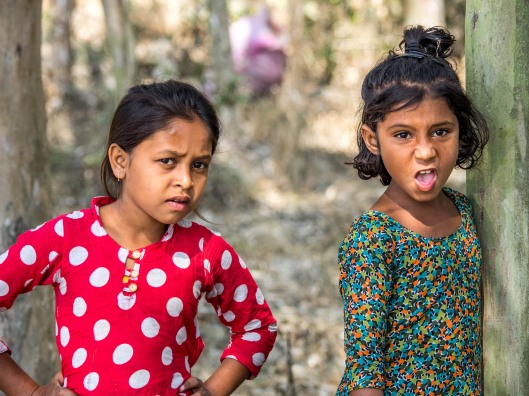

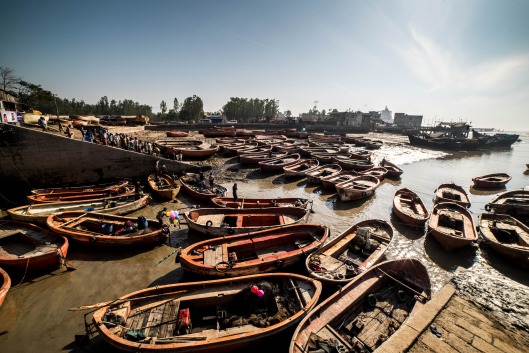
When the tide was in, we embarked on another tour of the ship breakers, this time from the river.







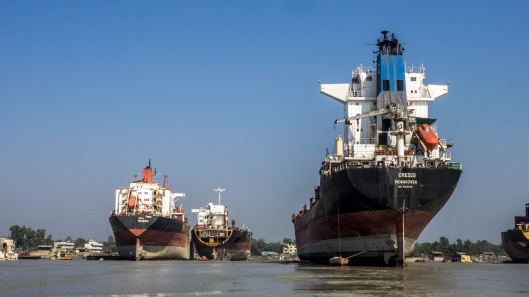



As the sun set on the Karnaphully River again, we climbed back into our bus to head (via a handicraft emporium and a pizza stop at the new and very flashy Chittagong Yacht Club) back to the airport for our late flight back to Ras Al Khaimah International Airport (who even knew there was one?)
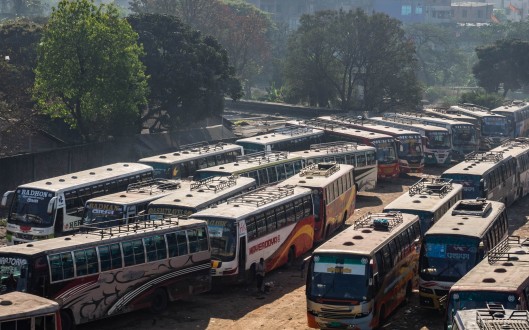
Chittagong bus station


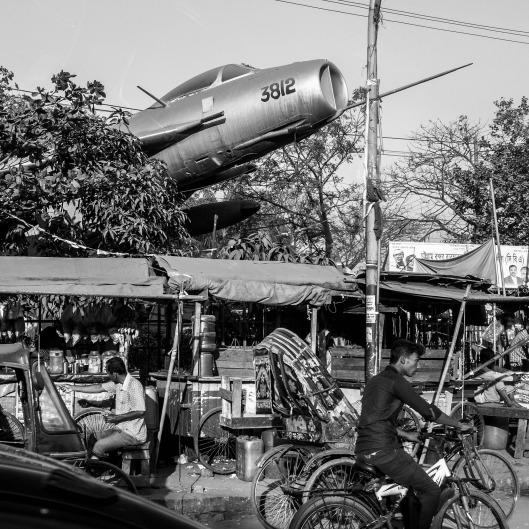
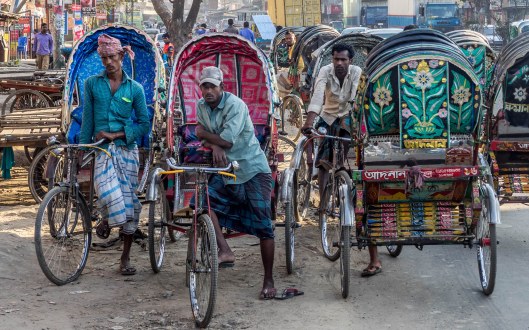


All in all, Chittagong was dirty, smelly and ridiculously crowded. And I loved it. It was a weekend that will live on long in both my memory and in my memory cards.
If you are based in the Gulf region, Trekkup is well worth a look – I have been on three of their weekend trips now (sadly my day job precludes me from going for any longer than a weekend) and will go on as many more as I can.
Total cost of the Chittagong weekend including flights, accommodation, tours and food (everything, basically, apart from tips and trinkets)- 2600 aed (currently £570; €660; $700) and worth every penny.

Hi Danny!
“Chittagong is the second most important commercial city of Bangladesh. I am really happy that you enjoyed this visit. It is difficult to explain, shipbreaking-yeard is blessing or course for this nation, but we are happy that this industry employed a large number of unemployed people. Thanks for visiting Bangladesh.
Interested readers can find a list of the best places to visit in Bangladesh here: https://bit.ly/2T22381
LikeLike